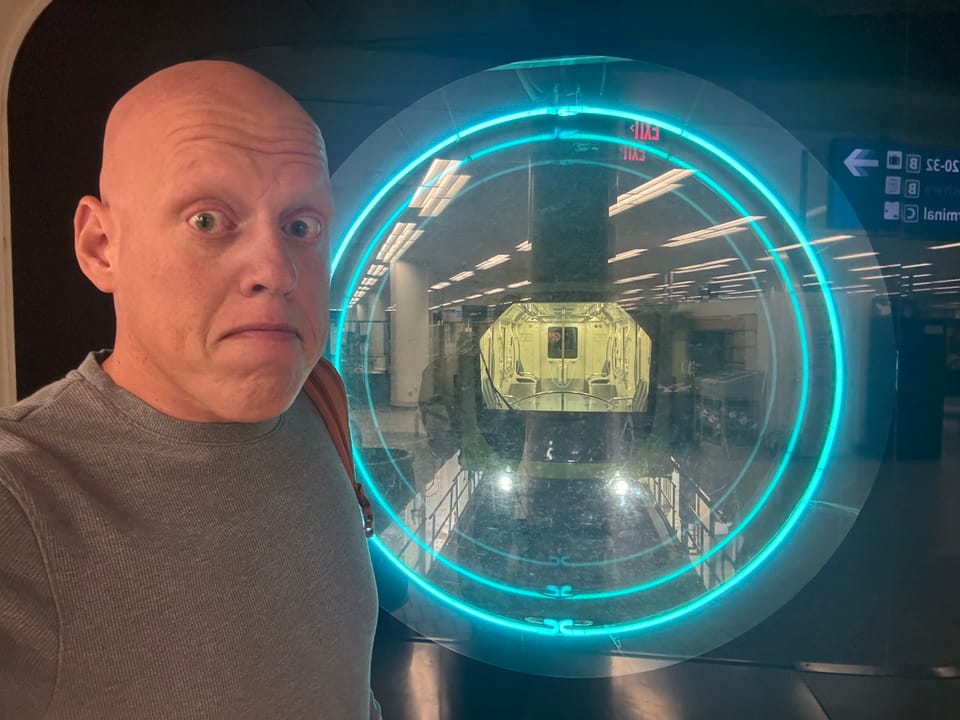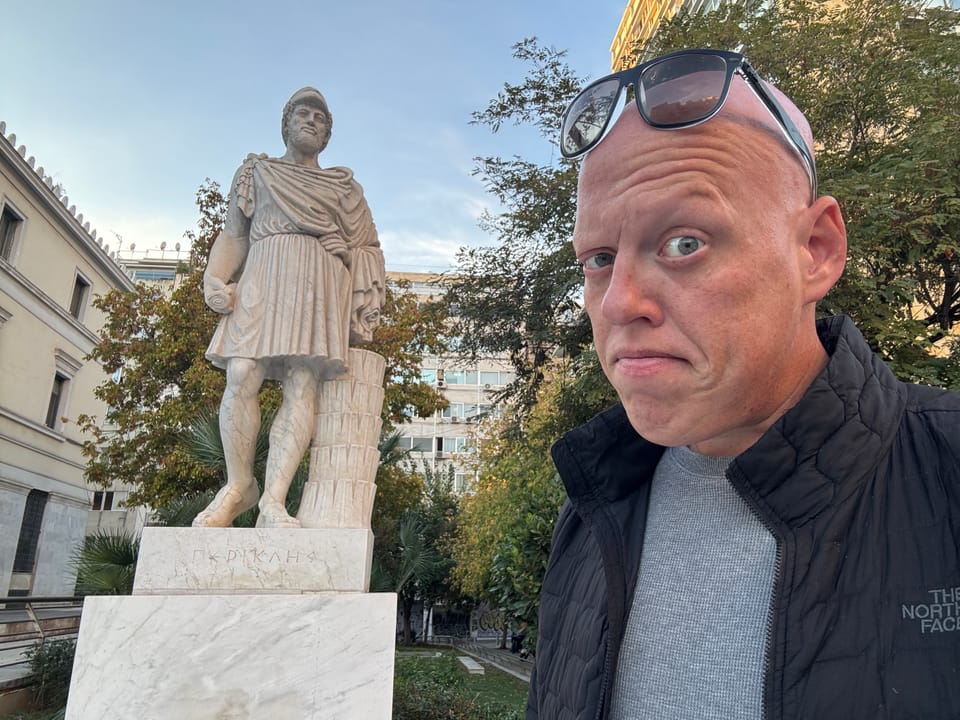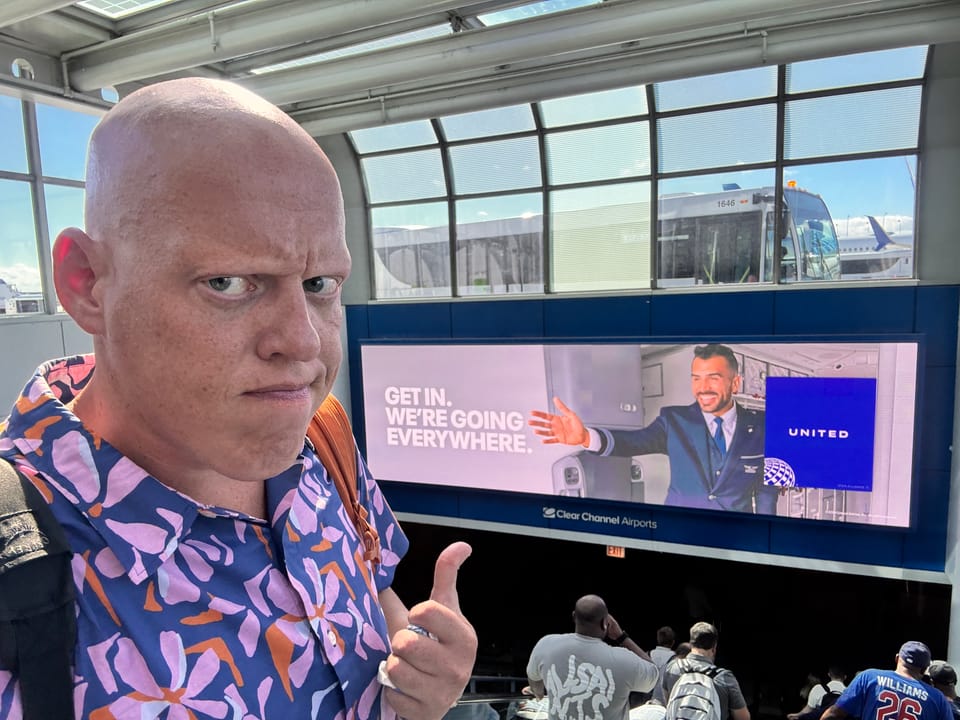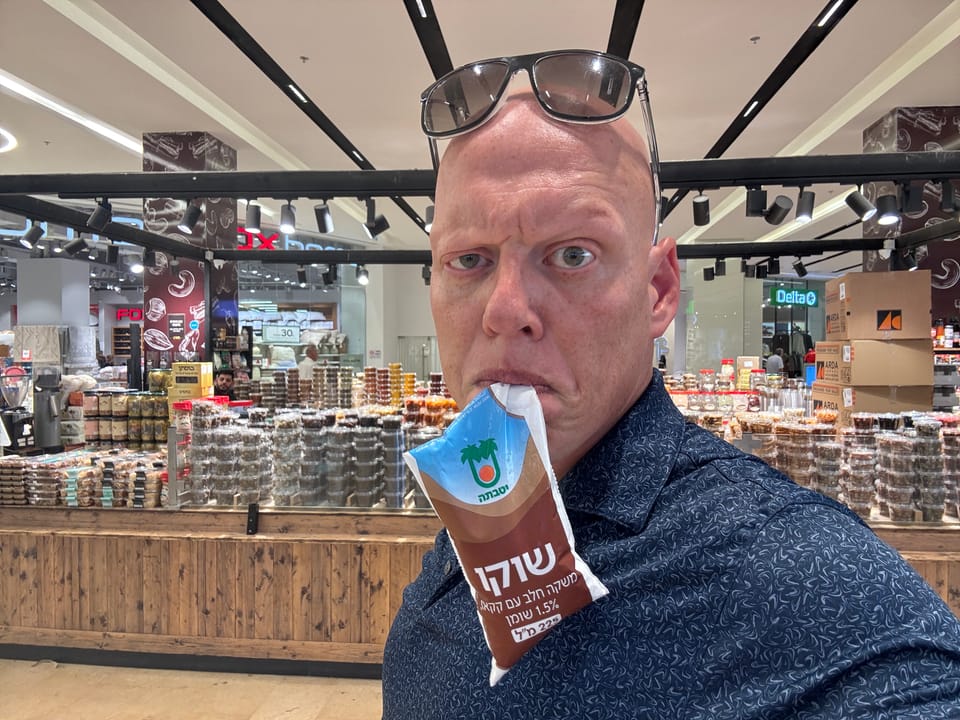Weekend Edition / Dear Ohad...
He spent a year chasing American Airlines "Platinum Pro" only to find every lounge packed and every perk sold twice. The truth? Airlines don’t sell status anymore. They sell the illusion of it. Welcome to the loyalty economy’s biggest mirage.
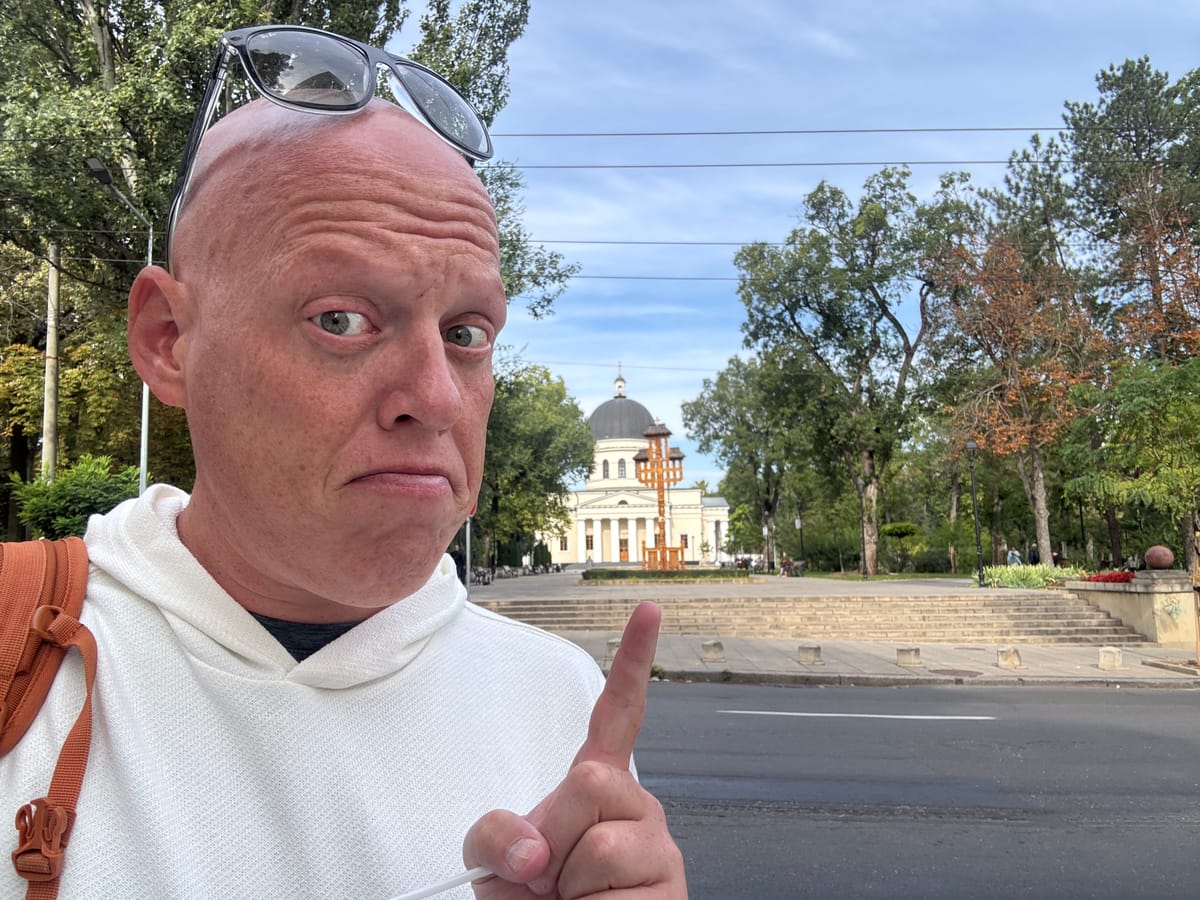
I just hit Platinum Pro with American after a year of sprinting through airports, booking midweek red-eyes, and probably funding half of Dallas-Fort Worth’s power grid with my layovers.
But here’s what’s killing me: every time I finally reach a lounge, it’s packed. No seats. Waitlist for showers. And half the travelers seem to be “just visiting.”
So my question is this: what’s the actual point of elite status anymore if the perks are oversold and the lounges feel like food courts?
-- Burnt Out at DFW
Dear Burnt Out,
You’ve discovered the loyalty industry’s favorite magic trick: selling scarcity at scale.
Let me tell you a story...
The Mirage of Exclusivity
In 2011, the American Airlines Admirals Club in JFK’s Terminal 8 had a waitlist. A waitlist to enter a lounge was unthinkable. The few who did gain entry were the corporate nomads of the old world - executives with agency-issued tickets and boarding passes printed by someone named Linda at the front desk. Lounges were cathedrals of calm, where you could hear ice cubes hit the glass.
Then, two things happened:
- Credit card arms race.
Citi, Amex, and Chase realized that “lounge access” sold $450+ annual fees faster than 0% APRs ever could. - Status inflation.
Airlines cut earning thresholds in half during the pandemic and then added “spend your way in” options once business travel collapsed.
By 2025, “exclusive” meant “included with your Sapphire, Platinum, Venture X, or anything ending in X.” Lounges didn’t just open their doors - they knocked down the walls.
You’re not imagining it. The exclusivity died when the loyalty industry stopped rewarding miles and started monetizing emotion.
The Economics of the Crowd
Let’s break down why you’re elbow-to-elbow with people eating hummus out of ramekins that look like they belong in an IKEA starter kit.
Every major airport lounge operates on a version of this math:
- Average visitor time: 68 minutes
- Food and beverage cost per visit: $9.40
- Staff and overhead per visit: $5.80
- Average “value perception” by guest: $38
Multiply that by the millions of passengers who visit monthly, and you’ll understand why credit card issuers are basically buying loyalty wholesale.
Here’s the hidden truth: your elite status doesn’t pay for your lounge access anymore.
Your card does. And the bank behind it pays the airline or lounge operator a flat annual rate per eligible cardmember.
If American sells 1.2 million Citi AAdvantage Executive cards, each at $595 per year, they’ve effectively created a billion-dollar subscription product called “waiting for a seat.”
That’s the loyalty economy today: overbooked exclusivity sold as a feature.
When Status Lost Its Status
Remember when hitting elite meant free upgrades, no change fees, and staff that actually smiled at you? Those days weren’t nostalgia - they were math.
In 2016, fewer than 4% of domestic travelers held elite status. Today, that number’s closer to 17% across the major U.S. carriers. It’s not that airlines suddenly got generous; they got smarter.
By introducing “Loyalty Points” (American), “Qualifying Dollars” (Delta), and “Tier Segments” (United), they made loyalty quantifiable in new ways - and sellable to partners. Every Starbucks latte, every Avis rental, every Hyatt stay now earns the airline a referral fee. That’s how they can afford to hand out “Platinum” badges to anyone who uses their ecosystem.
But when everyone’s a VIP, nobody is.
The modern loyalty game isn’t about rewarding your flying; it’s about keeping you within their earn-and-burn orbit long enough that you don’t notice the value erosion.
The lounges are crowded because they were never meant for this many “loyal” people.
The Mirage Hits a Wall
By mid-2024, Delta Sky Clubs were turning away 1,000+ guests daily at ATL alone. The backlash was loud enough that Amex had to limit Platinum Card entry to three hours before departure and end post-arrival access. Delta’s fix? Build bigger lounges.
You can’t expand your way out of exclusivity.
Imagine selling front-row seats and then adding 10 more rows called “front-adjacent.” That’s where the industry sits now.
And yet, you asked the right question: what’s the actual point?
The Modern Playbook: Earn Privately, Burn Publicly
The best travelers I know - and I mean the 0.01% who never wait in a line they didn’t choose - have shifted their strategy entirely:
- Earn status-agnostic benefits.
Instead of chasing Platinum, they earn via credit card ecosystems that don’t expire: transferable points from Amex, Chase, and Capital One. Those aren’t locked to one airline’s mood swings. - Skip the brand loyalty trap.
Being “all-in” on one airline today is like investing in Blockbuster stock because you love movies. Flexibility outperforms loyalty. - Redeem smarter, not sooner.
Elite upgrades are dying, but premium redemptions through partner programs (think ANA, Virgin, Qantas) still carry massive arbitrage value. You can fly First for the cost of someone else’s Premium Economy. - Buy serenity, not status.
Instead of earning a lounge visit through a metal card, pay the $40 at an independent lounge when it’s convenient. Fewer people, more oxygen.
That’s the “earn privately, burn publicly” model. Quiet accumulation, loud enjoyment.
Let’s Get Specific
Take your Platinum Pro status. You probably spent at least $15K–$20K in Loyalty Points to reach it. Here’s how that compares to the real-world value:
| Perk | Theoretical Value | Real Value (2025) |
|---|---|---|
| Complimentary Upgrades | $1,200 | $300 (post-devaluation) |
| Free Bags | $140 | $140 |
| Priority Boarding | $0 (psychological) | $0 |
| Lounge Access | None (sold separately) | None |
| Reward Multiplier | 80% bonus miles | 60% after redemption inflation |
You’re effectively earning a 2%–3% net return on your loyalty investment, while transferable points strategies (like UpNonStop-caliber optimization) routinely deliver 10%+ returns on spend.
The takeaway: elite status gives you bragging rights; strategy gives you yield.
The Emotional Hold
There’s still something seductive about status. Seeing your name on the screen. Being thanked “for your loyalty.” Humans are wired to crave recognition, and airlines know it. They design tiers the way game designers design levels - infinite but attainable.
Platinum Pro isn’t a travel benefit; it’s gamified belonging. You’re in a digital casino where the points never really cash out.
So no, you’re not crazy for chasing it. You’re just playing a game whose rules changed mid-flight.
What You Can Do Next
If you truly want to feel the return on your effort, here’s how to flip the script:
- Calculate your “Return on Status.”
Add up what you actually received in upgrades, fee waivers, and perks last year. Divide that by what you spent to get there (tickets, credit card fees, incremental choices). If it’s below 5%, stop chasing. - Refocus on redemptions, not recognition.
Book one aspirational trip using points the way hedge fund managers use leverage - strategically, not sentimentally. - Experiment with alternative ecosystems.
JetBlue’s Family Tiles (coming 2026) or Air Canada’s Aeroplan Family Sharing are better designed for people who think of loyalty as an asset class, not a personality trait. - Create your own “status.”
The true elite traveler in 2025 isn’t the one with a lanyard and a tag. It’s the one who walks straight into a better deal because they know how the system works.
The Final Boarding Call
So, Burnt Out at DFW, here’s the answer: the point of status today is marketing, not merit.
You earned your badge fair and square, but the value has migrated. The airlines are selling access. The banks are selling aspiration. And the traveler who wins is the one who learns to arbitrage both.
In 2011, status got you a quiet corner and a real scotch.
In 2025, strategy gets you a suite in Tokyo on points.
The choice isn’t between loyalty and freedom. It’s between illusion and yield.
Until next week: may your lounges be empty, your upgrades unexpected, and your points worth more tomorrow than they were today.
--Ohad

